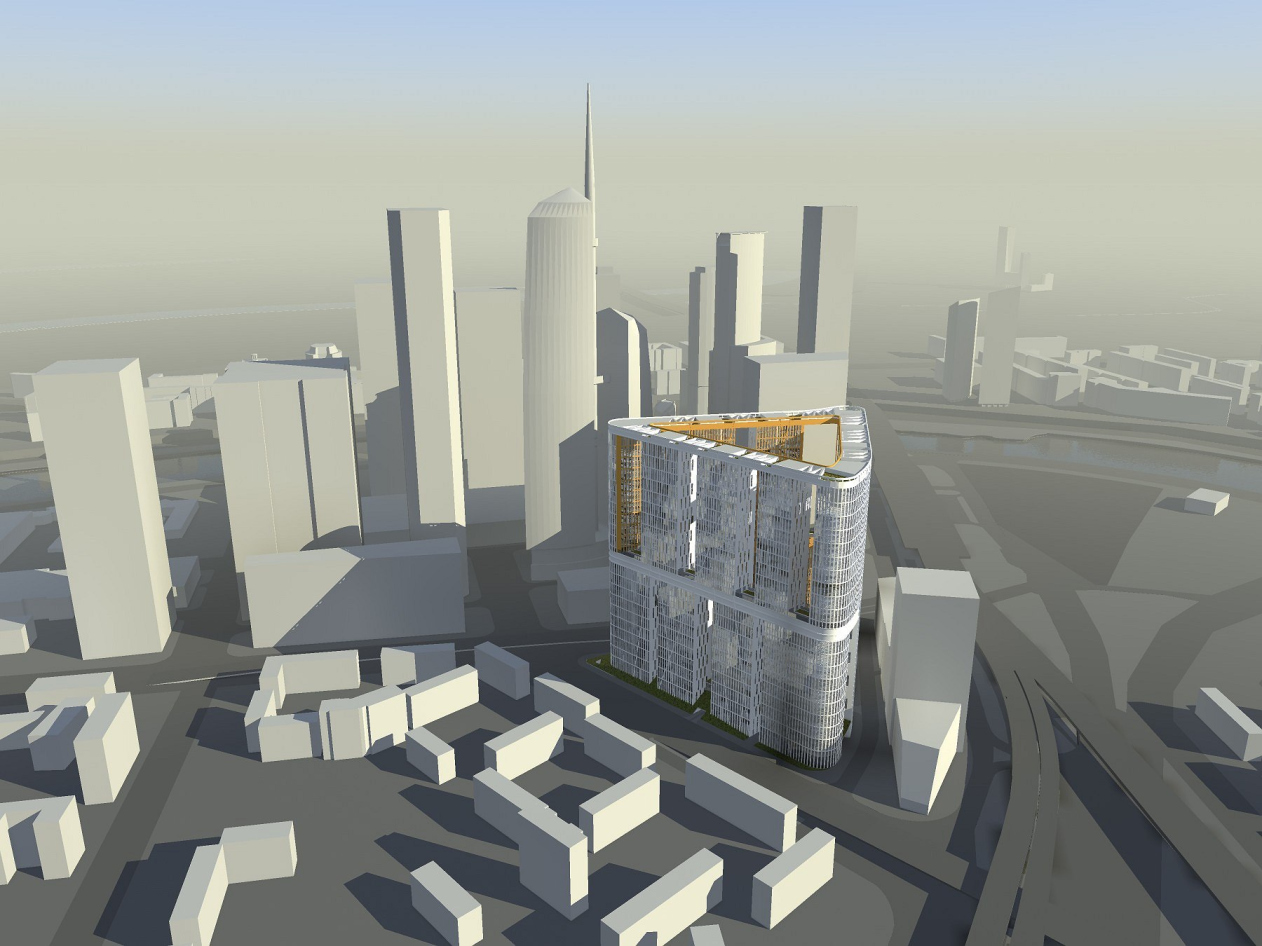Golden Canyon City
The only Russian participant of the international competitive bid for the development of the last vacant lot on the territory of “Moscow City” International Business Center was “Sergey Skuratov Architects” Studio.




17 November 2011

Written by: